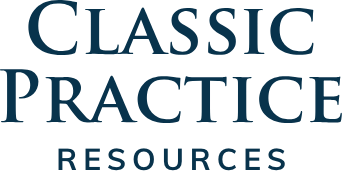Building Your Practice with Emergencies & “Emergencies”
An emergency, according to the American Heritage Illustrated Encyclopedic Dictionary, is “an unexpected situation or sudden occurrence of a serious and urgent nature that demands immediate action.” When quotation marks (“ “) are placed around a word, it means the word is used in an unusual situation or has a special meaning; in other words, it’s not used in its usual context.
An “emergency,” might be a situation where a tooth is sensitive or someone has a denture sore spot. This would include anything the patient considers urgent even though it does not place the patient in any danger. An emergency would be an actual emergency like someone having a reaction to a drug or having a tooth knocked out at school. So there is a difference.
With proper staffing and treatment facilities, emergency patients, whether patients of record or new patients, can be great practice builders. Here are some pointers on how to handle them:
1. You may want to mark off a definite time on your schedule each day for emergency patients. I suggest that having an extra dental assistant and treatment room set aside for these will not only pay for itself, it will be a terrific practice builder and consequently, a “bottom-line” booster.
2. Train your team to “tune in” to the patients who might consider their problems an “emergency.” It is an emergency if they think it is. We may not consider it an emergency, but we go by the old Sears Roebuck policy: “The customer is always right.”
3. See emergencies and “emergencies” the same day the patient calls, and accommodate them with the appointment time they request as closely as possible.
4. Keep the fee for emergency and “emergency” appointments on the low side and charge them a fair or usual fee on subsequent visits. An emergency and “emergency” visit is a great time to gain their confidence.
5. It is usually best to limit the procedures performed during emergency appointments to those needed to provide relief from pain and discomfort. More comprehensive treatment can be performed later during a regularly scheduled appointment. This policy may fluctuate, however, when dealing with a financially secure and creditworthy patient or if you have an opening in the schedule that allows you to do the work now.
6. Be sure to have the patient return for a regular or a new patient exam, or a post-operative exam for additional treatment.



